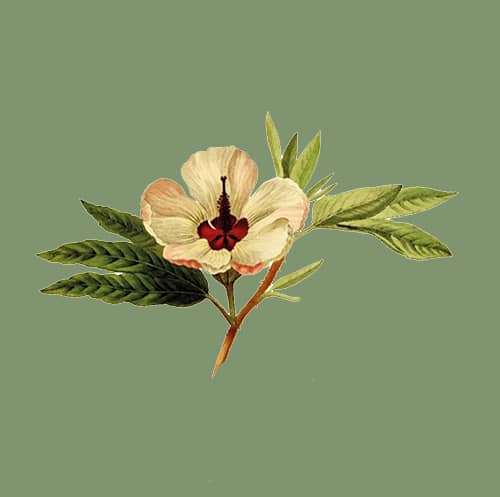As awareness of environmental issues grows, more of us are embracing ways to bring sustainability to our lives. Our expert in-house landscaping team can focus on using eco-friendly materials and techniques to create beautiful, functional outdoor spaces with minimal environmental impact. This article explores various eco-friendly design choices in hard landscaping, highlighting the benefits and practicalities of each approach.
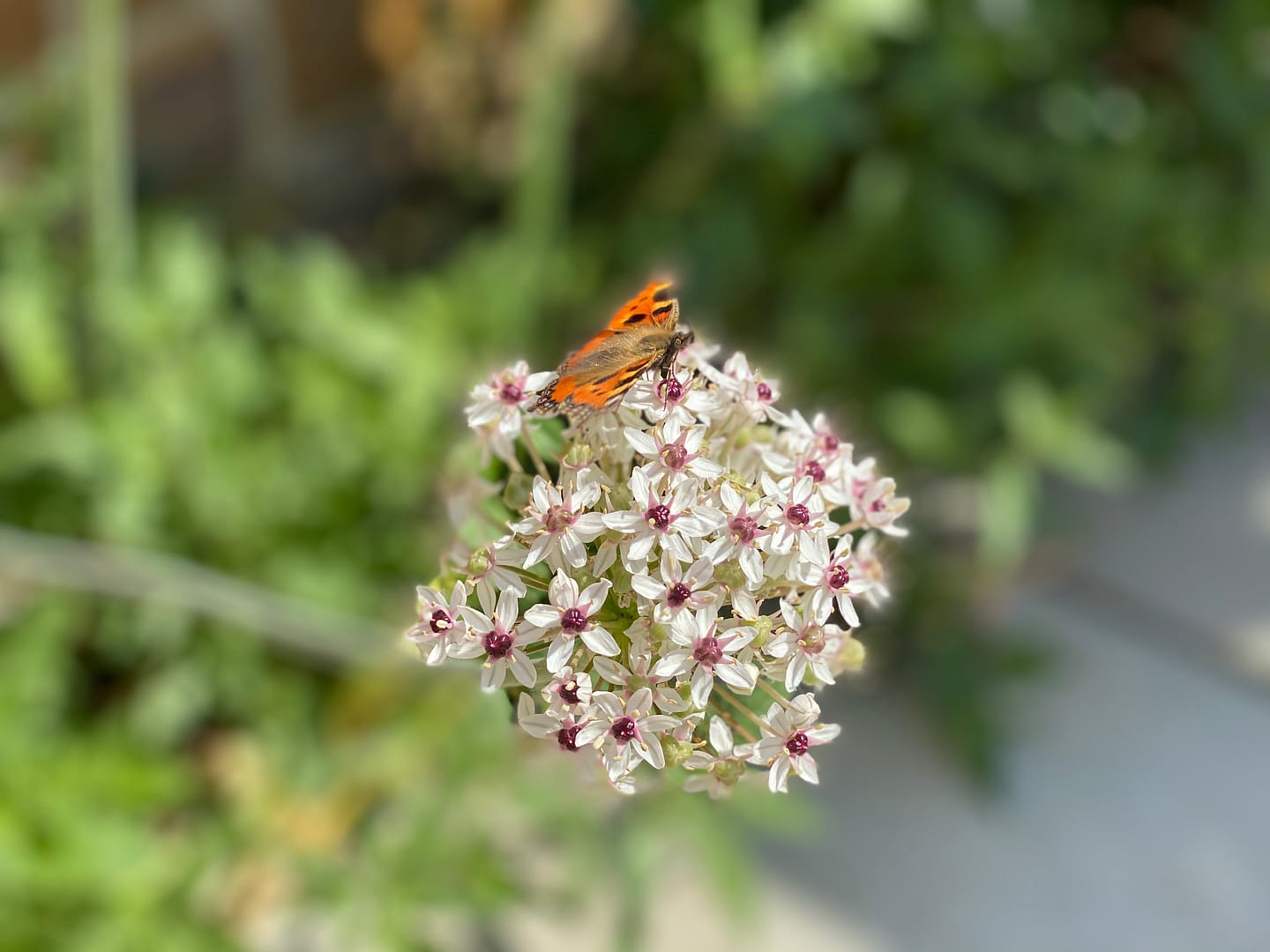
The Importance of Sustainable Hard Landscaping
Sustainable hard landscaping integrates environmental considerations into garden and landscape design, promoting ecological balance and reducing negative impacts. By choosing eco-friendly materials and practices, we can create outdoor spaces that are not only attractive but also beneficial to the environment. These designs often involve lower maintenance and longer-lasting materials, providing both environmental and economic benefits.
Eco-Friendly Materials
Using reclaimed materials is an excellent way to reduce waste and preserve natural resources.
Reclaimed Stone
Repurposed from old buildings and walls is perfect for pathways, patios, retaining walls and architectural masonry such as copings, sills and plinths. This offers a historic, timeless feel. It helps blend into the environment immediately with its aged appearance that adds character. Since reclaimed stone has already stood the test of time, it’s generally very durable. The use of this reduces the demand for new quarrying.

Reclaimed Wood
Another environmentally friendly option of materials is reclaimed wood. Often sourced from old barns, factories and warehouses. Perfect for decking, fences, pergolas, arbours and garden furniture. Its aged patina brings rustic charm to the landscape. This allows more of a seamless blending of materials into your home and landscape, those warm tones and textures provide a glorious finish.
Pave your way
Permeable Paving
Permeable paving allows water to pass through the surface, reducing run-off and improving groundwater recharge. They are available in various designs, making them versatile for different landscape styles. There is a variety of choices that can be used for permeable paving. From porous or open-joint bricks to wood chips and pine bark, or a mixture of gravel and grass.
Gravel and Crushed Stone
Simple and effective, gravel and crushed stone are excellent for driveways and paths. They provide a natural look and allow rainwater to permeate through. Another example of permeable paving options.
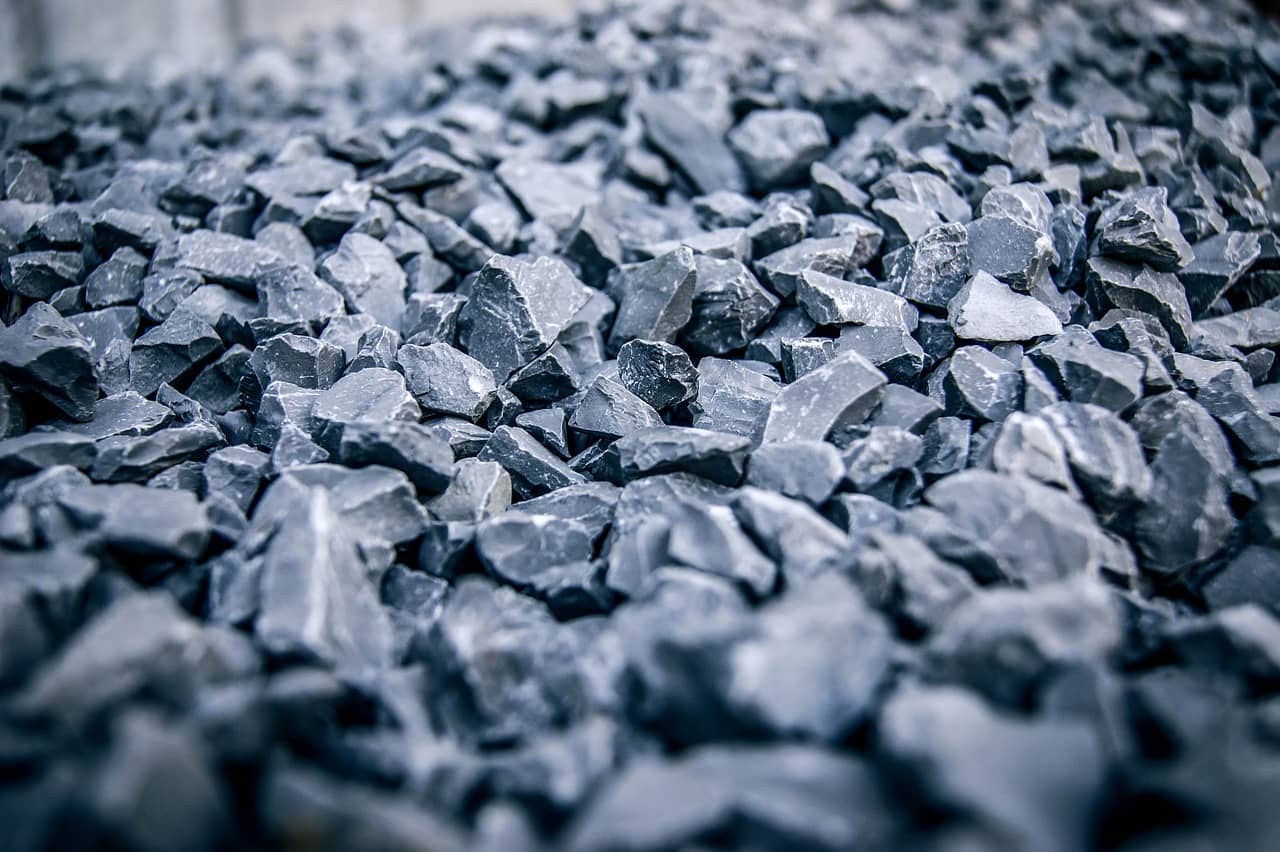
Reclaimed stone
As mentioned before, reclaimed stone can be a versatile option for your garden. With an array of colours and textures; Cotswold stone and sandstone offer cream and honey tones that can easily blend and compliment the surrounding landscape.
Sustainable Practices
Rainwater Harvesting
Integrating rainwater harvesting systems into your hardscape design helps conserve water and reduce runoff. Collected rainwater can be used for irrigation, reducing reliance on municipal water supplies. The water itself is completely natural, no chemicals. It’s completely sustainable, non-treated and reduces the energy used by water treatment centres. It is also better for all plant life.
Rain Barrels/Water butts
A simple and cost-effective option. It uses rainwater that would normally go down gutters and drainpipes, and re-distributing it into a container to use for watering your plants, vegetables and lawns. A variety of sizes, shapes and styles ensure there are options for blending this into any garden. You can also cover the top with flora to disguise water butts as planters and increase the plant-life in your garden even further.
Underground Cisterns
If you are looking for a larger system that can store significant amounts of rainwater, providing a sustainable water source for extensive landscaping needs then underground cisterns will be an option to consider. An investment in a long-term, eco-friendly garden.
Rain Gardens
Maybe you want to discover a garden completely designed around being eco-friendly to our environment. A rain garden is designed to capture and absorb rainwater, reduce run-off and filter pollutants. Planting things like Iris pseudacorus, Zantedeschia aethiopica or Carex pendula which are all suitable choices. They can be integrated with permeable paving and planted with native species which in turn do great for wildlife around us.
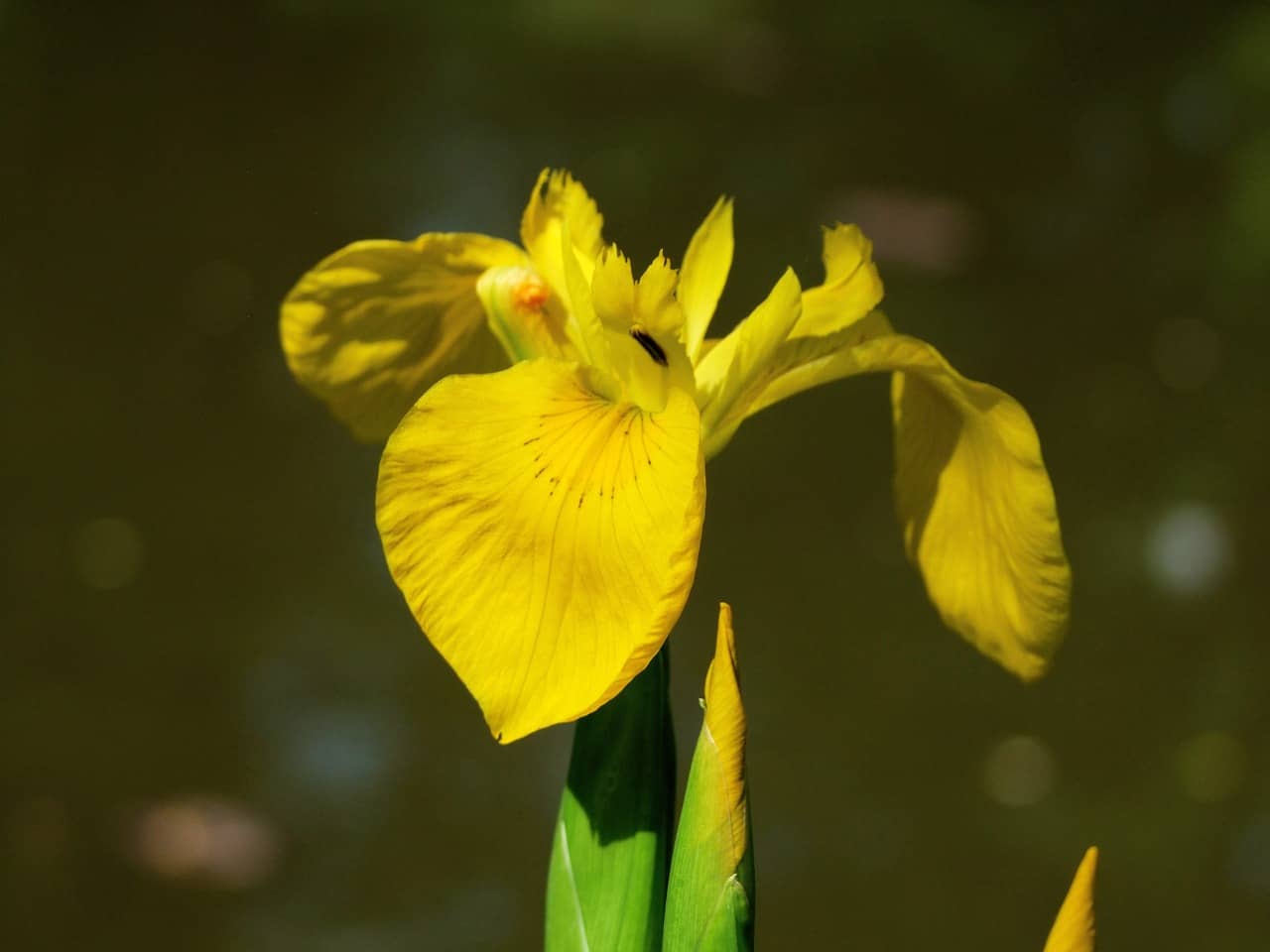
Energy–Efficient Lighting
Outdoor lighting enhances the beauty and safety of your landscape. Choosing energy-efficient options reduces electricity consumption and greenhouse gas emissions.
Solar-Powered Lights
Solar lights are easy to install and operate without additional energy costs. They are ideal for pathways, garden beds and accent lighting. They offer a soft and charming feel to the landscape. Ensuring light pollution does not impede on the beauty of the night sky.
LED Lights
LED lights use significantly less energy than traditional incandescent bulbs and have a longer lifespan. They are perfect for all types of outdoor lighting, from floodlights to string lights.

Motion Sensors and Timers
Using motion sensors and timers ensures that lights are only on when needed, further reducing energy consumption. These can also be a very effective deterrent to any unwanted visitors in your garden.
Drought-Tolerant Plants
Choosing drought-tolerant plants for your landscape reduces the need for excessive watering and maintenance. Species such as succulents, lavender, rosemary and ornamental grasses thrive in dry conditions and add texture and colour to the landscape. Our expert team can assess the landscape and ensure that planting choices are appropriate for the area they will be planted in.
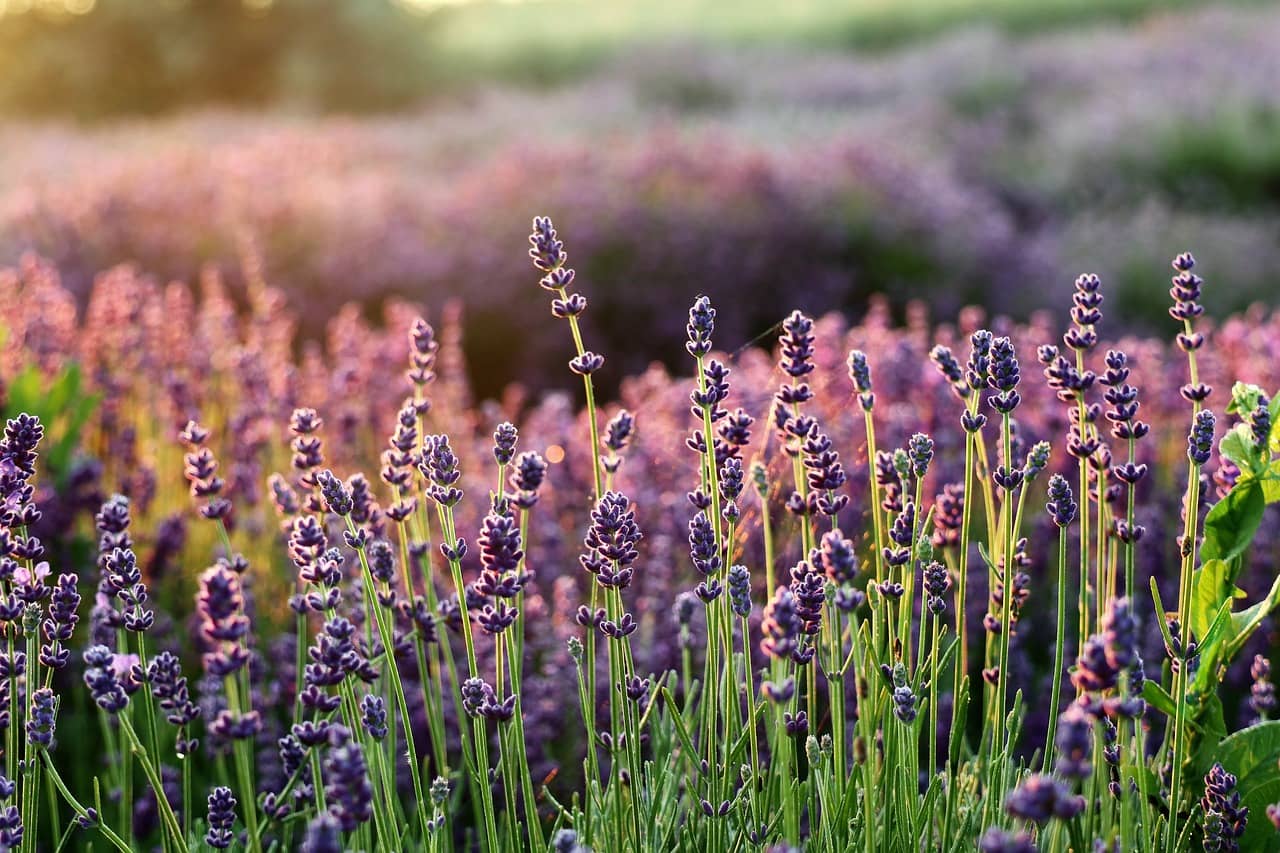
Native Plants & wildflowers meadows
Consider native species and wildflower meadows. These are well-suited to the local climate and soil, requiring less water and fewer chemical inputs. Those charming cottage garden foxgloves and honeysuckle offer an enchanting scent. hellebores, fritillaria meleagris and lily-of-the-valley are other examples of native plant options. A wildflower meadow is another option for keeping things natural and environmentally friendly. Providing bees, butterflies and other pollinators with food throughout the year. On a single summer day, one acre of wildflower meadow can contain 3 million flowers, producing 1 kg of nectar sugar. This amount is sufficient to support nearly 96,000 honey bees per day.
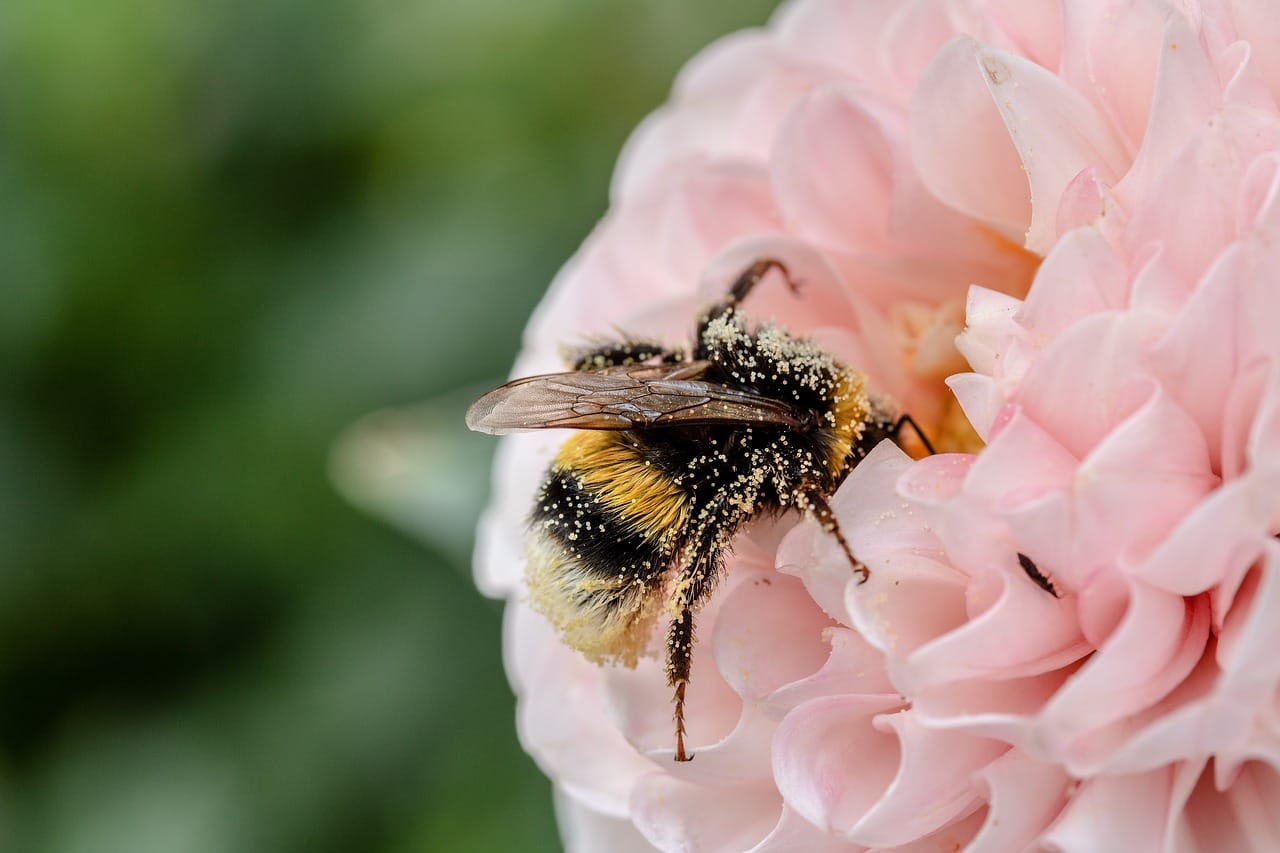
Mulching
Using organic mulch helps retain soil moisture, suppress weeds and improve soil health, reducing the need for watering and chemical herbicides. Our garden care team can also provide year-round care for your garden, ensuring mulching is completed to promote the conditions of your soil throughout the winter months.
Long-Term Benefits of Sustainability
Sustainable hard landscaping offers numerous benefits, including environmental preservation, cost-savings and enhanced aesthetic appeal. By choosing eco-friendly materials and practises our team can create outdoor spaces that are not only beautiful and functional but also kind to the planet. As awareness of sustainability grows, these practices are likely to become the standard in landscape design, contributing to a healthier and more sustainable future.
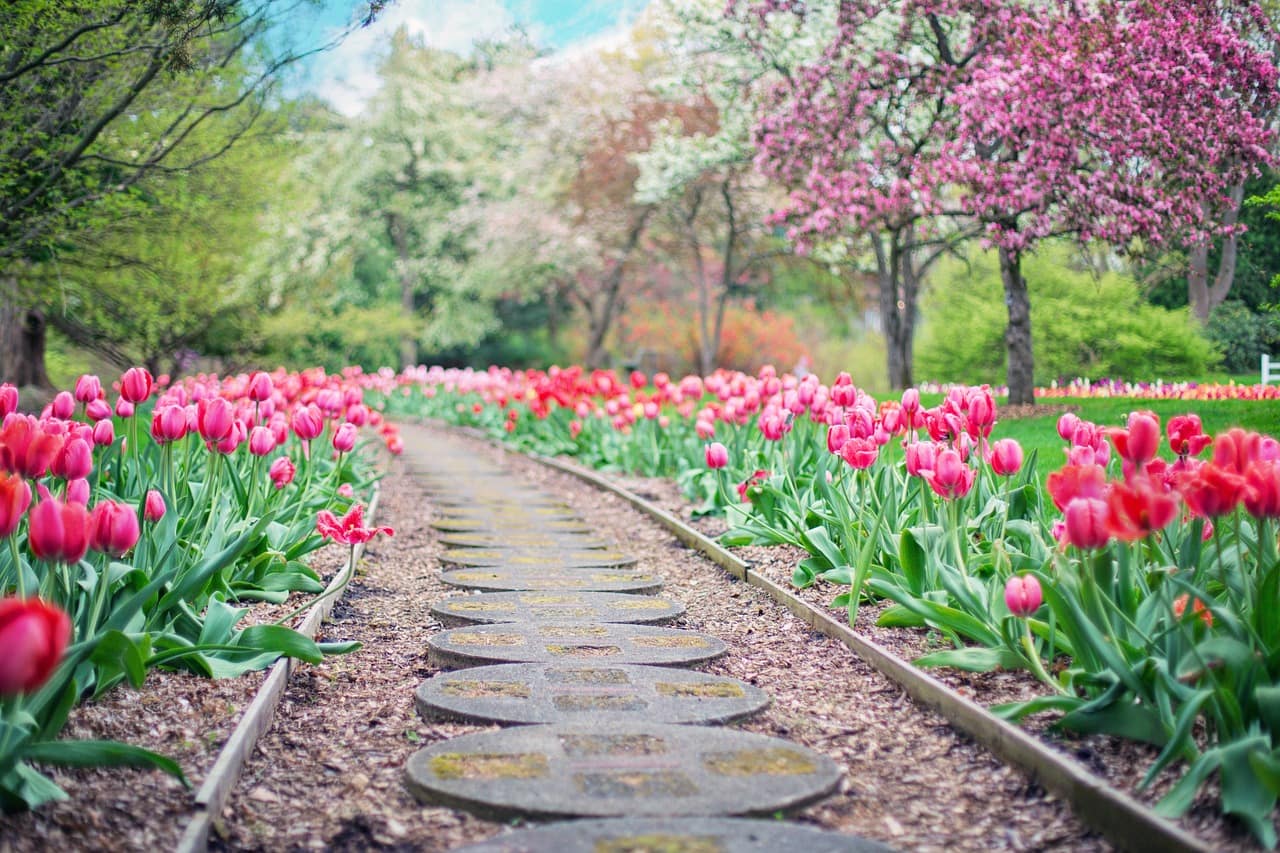
If you’re inspired to transform your outdoor space into a sustainable and eco-friendly environment, talk to us today!


